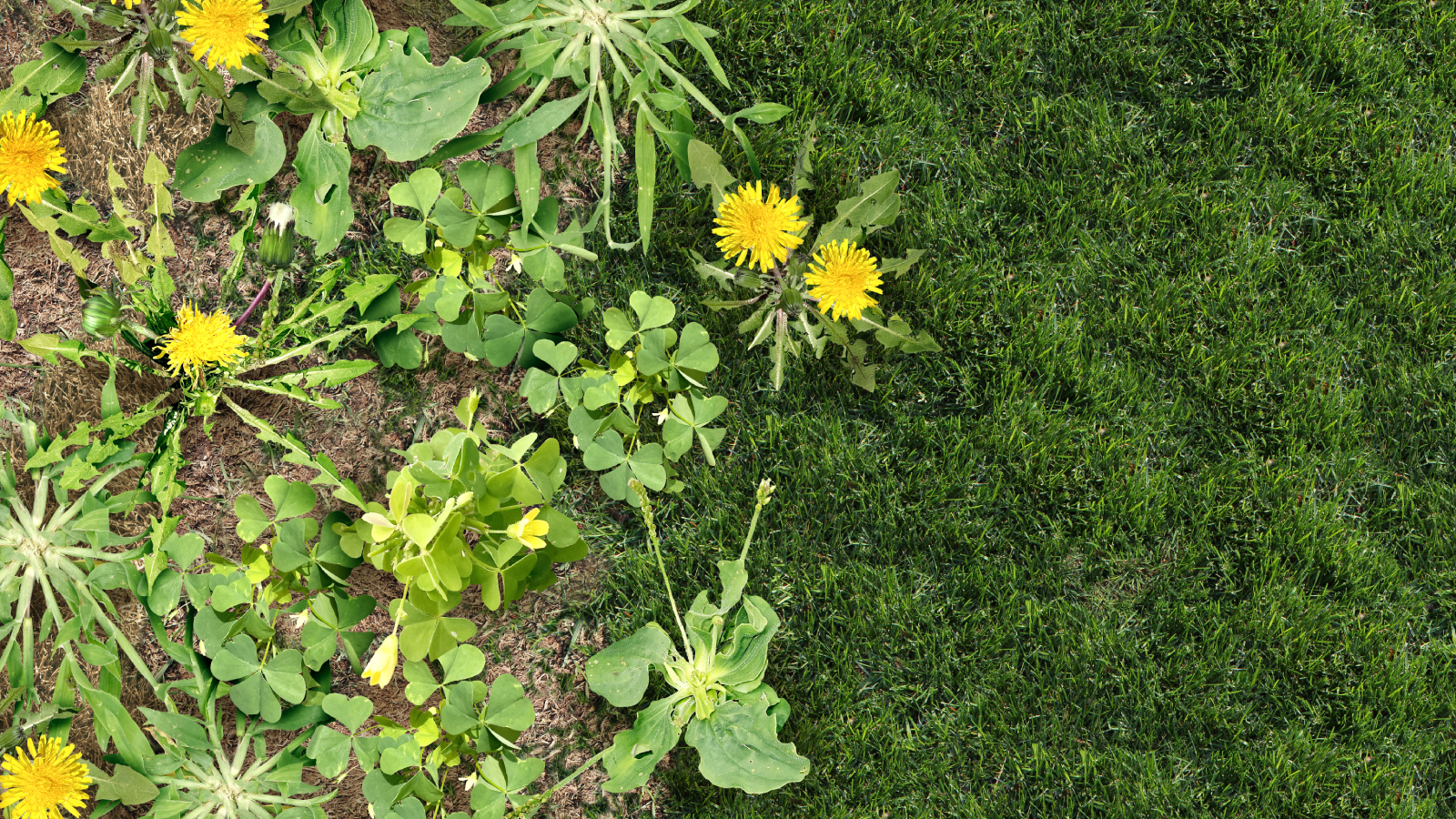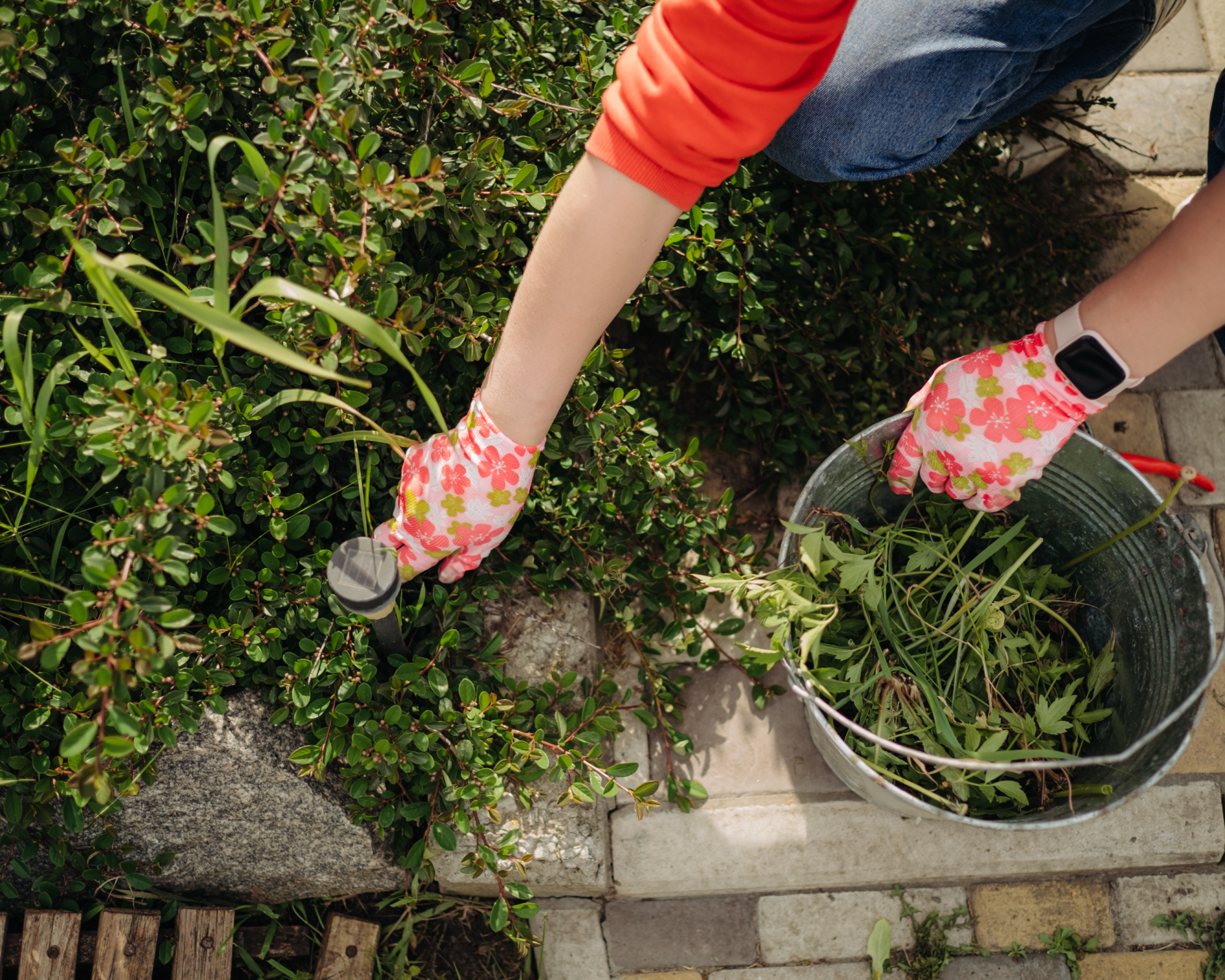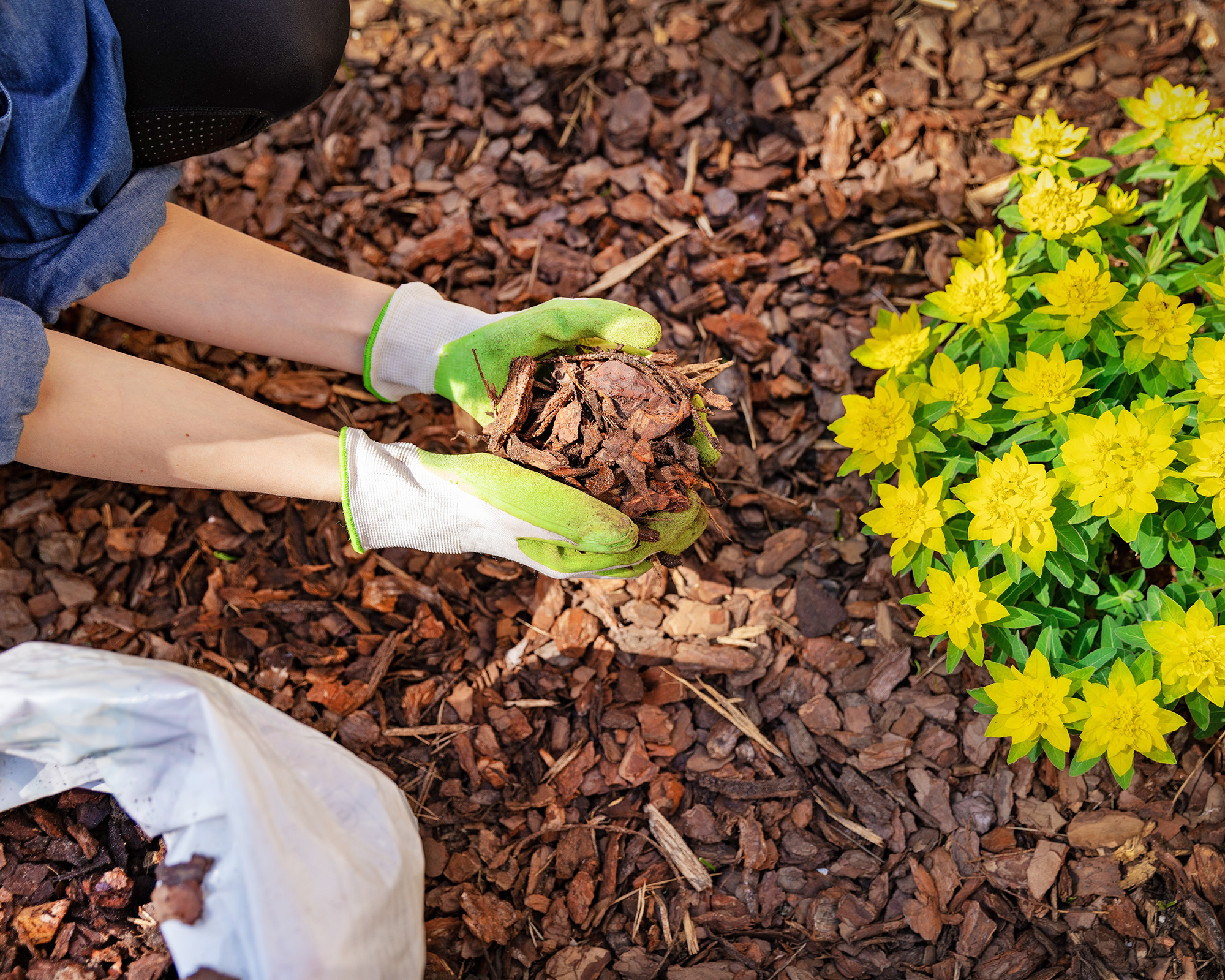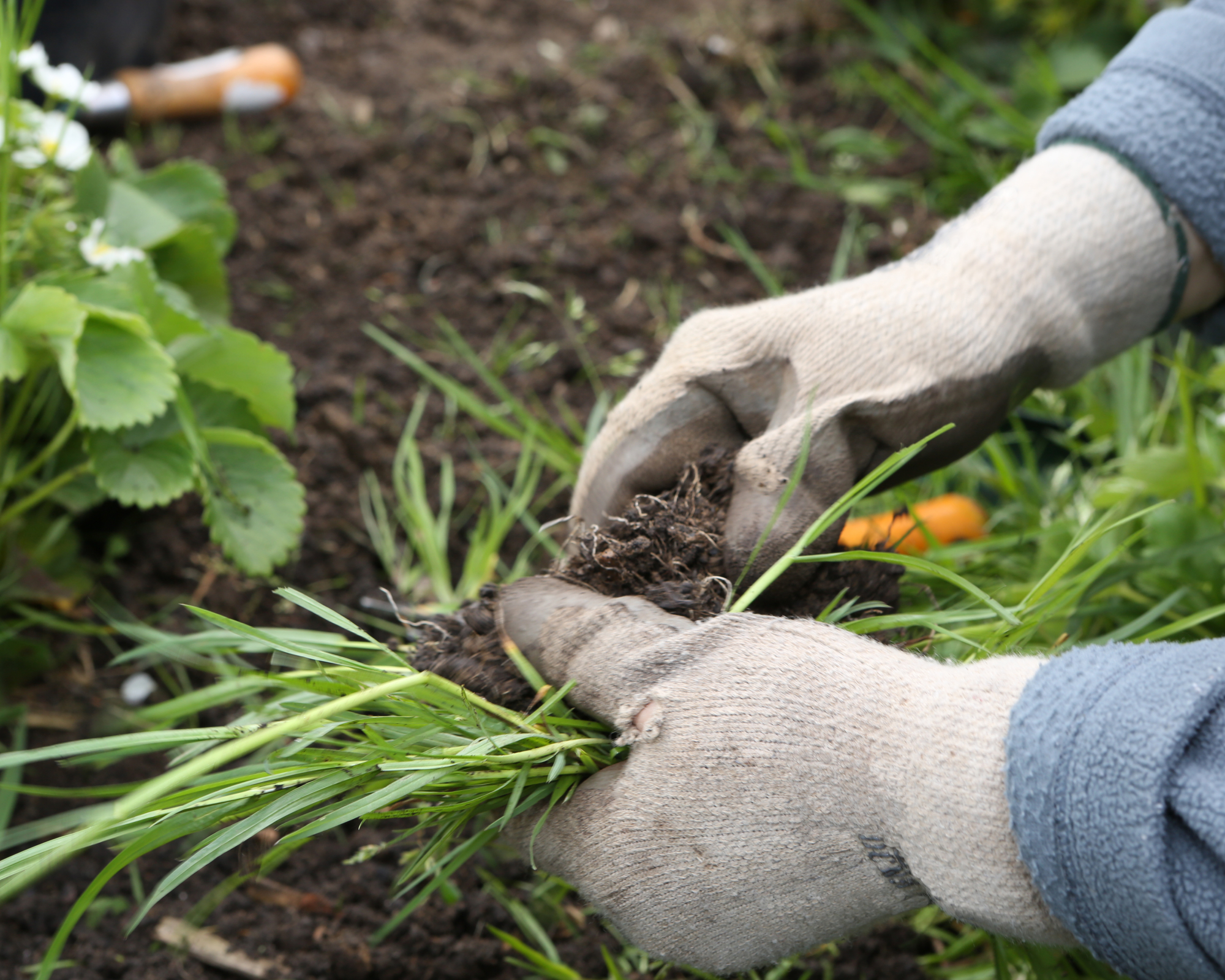This Is The #1 Worst Weeding Mistake You Can Make – And What I Do Instead To Keep Weeds Under Control
Don't make this weeding mistake. Properly removing weeds in the garden is critical to keeping them under control. Follow these tips for weeding success.


I have an ambivalent attitude about weeds in my garden. On the one hand, I appreciate nature and its resilience. Also, I don’t really hate any plants. Weeds are just trying to survive, right?
On the other hand, weeds in the garden don’t always look nice, and worse, they compete with the plants I’m intentionally trying to grow. I have learned all about weed control in my battles over the years.
Weeds have been a challenge in my garden, particularly in my largest bed and in the lawn. My annual struggle in preventing, managing, and removing weeds in the garden has taught me a lot of important lessons. Maybe they can help you, too.
Some Of The Worst Weeds In My Garden

I haven’t identified all of the common weeds in my garden, but I have a few regulars. They come back every year and are tough as nails:
- Dandelions. Every garden has problems with dandelion control, right? Those adorably round seed heads that form all summer long ensure they will never truly go away.
- Violets. Violets are pretty, and I don’t actually mind them in the lawn. They’re about the same height as the grass and sprinkle the lawn with purple. On the other hand, in beds, wild violet control is infuriating. They get quite large and grow annoyingly close to other plants, making them very difficult to grasp and pull.
- Old Groundcover. Now, this one is not necessarily a weed, but we have groundcover from a previous owner in a couple of our beds. I don’t like it, but it literally grows like a weed and has to be pulled periodically all summer.
- Bindweed. This is my true nemesis. I’ve researched eradicating it, and it is nearly impossible. It is a vine that looks a little like morning glory. It permeates my patch of daylilies, twining around them. The best bindweed control in planted areas is hand weeding. If I don’t pull out bindweed all summer long, the daylilies start to suffer.
The Number One Weeding Mistake To Avoid

The biggest mistake I’ve made with weeds is ignoring them. Trust me, they don’t just go away. The longer I ignored them in the past, the harder it was to remove them later.
Waiting too long in spring to start weeding is a related mistake. If you don't spring clean your garden correctly and get a head start on the weeds, they get out of control faster than you can imagine, often preceding perennials in coming out of the ground as the weather warms.
How To Avoid Weeds In Garden Beds
Learning how to get rid of weeds in gardens is a combination of prevention and an active strategy. I can’t say I’ve completely conquered my weeds, but these tips have helped me get it to a manageable situation.
Sign up for the Gardening Know How newsletter today and receive a free copy of our e-book "How to Grow Delicious Tomatoes".
1. Mulch, Mulch, And Mulch Again

Weed prevention in garden beds includes making life more difficult for them to grow. Obviously, your beds have to be hospitable for other plants, so how do you prevent weed growth? I haven’t had good luck with weed blankets, but mulch can help.
Some of the benefits of using mulch in the garden is keeping moisture in the soil and helping beds look tidy. They also contribute to suppressing weeds. This is not a foolproof method to prevent weeds, but it helps. I’ve found that it’s best not to be stingy. Pile that mulch on a little deeper than you normally would if weeds are an issue.
2. Practice No-Till Gardening
I used to give my beds a good turn in spring before putting in annuals or new perennials. I’d always been taught that it was best to mix up the soil, but it turns out to be a great way to stimulate weed growth. By tilling the soil, you bring more weed seeds to the surface where they can thrive. Using no-till gardening methods means I simply dig the hole, add a little compost, and place the plant.
3. Start Early, Weed Often, And Make It Fun

For me, removing weeds in garden beds is best done by hand. It can feel like a hopeless task if you let the weeds get out of control. The key to doing it right and to making it a manageable chore is to start early in spring and keep weeding a little bit at a time. It doesn’t feel so overwhelming when I break it up into small chunks.
I have even learned to enjoy this little regular chore. Using a tool is great for tougher weeds, but hand weeding is effective in a lot of instances. If you are in need of a good weeding tool, our editors love the A.M. Leonard Deluxe Soil Knife & Leather Sheath Combo found on Amazon.
Many nights, I’ll spend just 30 minutes in the cool of the evening after dinner pulling weeds. I put on my headphones with a good audiobook and lose myself in the task.
4. Weed And Feed The Lawn

I stay away from all herbicides in my garden beds. I don’t want to risk harming my other plants, but weed control in garden beds is different from weed control in the lawn. My first tip for managing lawn weeds is not to get caught up in perfection. If my lawn is uniformly green, but some of that green is from violets or dandelions, so what?
Of course, if you don’t address them at all, those weeds will take over and replace your turf grass. I’ve found that an occasional application of weed and feed lawn herbicide is an easy way to keep weeds from getting out of control. I like to apply it right after a rain to help it stick.
If you’re new to gardening, don’t be disheartened by the weeds as they emerge from the ground. Weeds can be managed, if never truly eliminated. These are the strategies I’ve found to be useful after trial and error. Maybe they can help you as you devise your best weed control plan.

Mary Ellen Ellis has been gardening for over 20 years. With degrees in Chemistry and Biology, Mary Ellen's specialties are flowers, native plants, and herbs.